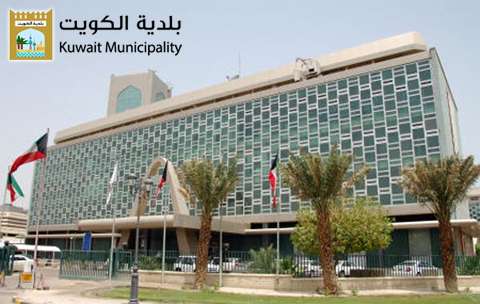The Kuwait Municipality has approved a study of pedestrian crossing mechanisms in Kuwait, which showed that there is a need for more pedestrian infrastructure, facilities, and public transportation in old areas, Al Jarida reported. The municipality plans to work with the study’s findings to implement improvements in the new areas and what is feasible in the old areas. The study conducted a field survey of pedestrian infrastructure, facilities, and public transportation passengers in all public bus lines. It also surveyed the number of pedestrians on the roads and at the entrances and exits of the main points of attraction for transportation. It also collected data on the number of vehicle traffic in different directions at roundabouts and intersections, and on the number of vehicles at five automatic traffic locations on different highways.
In addition, the municipality has set goals to enhance walkability by integrating pedestrian facilities with other transportation modes, such as bicycles, buses, BRT, metro, and private cars. It has also set integrated planning principles for pedestrians, including standards for providing various pedestrian facilities, with an aim to reduce air and noise pollution, greenhouse gas emissions, and energy consumption by creating an attractive pedestrian environment, and encouraging the use of bicycles by providing regulations for bicycle paths.
Furthermore, the municipality also plans to develop geographic information systems and propose pedestrian networks, high-quality bicycle paths, and supportive facilities for mixed-use areas throughout the urban area. This comes in addition to planning on making better use of urban spaces, infrastructure, and existing transportation services, and preparing policies and regulatory measures to encourage sustainable mobility in general and walking in particular.

















